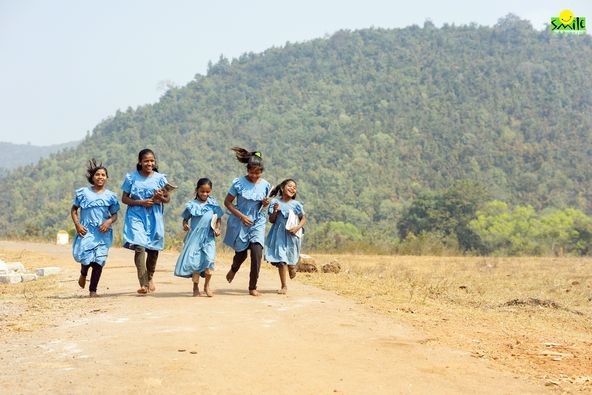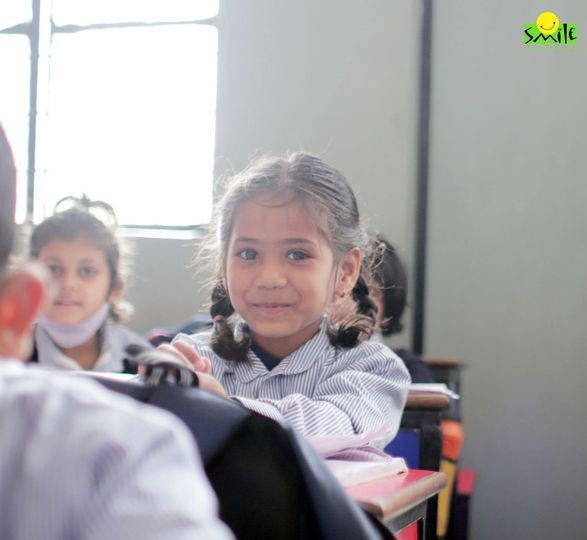Education is an essential part of an individual’s life. It helps in shaping a person’s career, decision-making abilities, and overall personality. But, unfortunately, there are still several parts of the world where education is a luxury and not a right. In India, one such area that requires immediate attention is girl child education.
Despite several initiatives by the government, many girls in India are still deprived of education. The lack of education not only affects the individual but also the economy of the country. Hence, it is crucial to ensure 100% girl child education to boost the Indian economy. Let’s dive into the various aspects of girl child education in India, the problems faced, and possible solutions.
Status in India
In India, several factors contribute to the lack of girls’ education. Early marriages, socio-cultural norms, poverty, and gender discrimination are some of the significant reasons for the low enrolment of girls in schools. According to a report by the United Nations, India has the highest number of child brides globally. Early marriages not only end a girl’s education but also put them at risk of several health complications.
Another major issue is gender discrimination, which leads to a lower value for girls’ education. Girls are considered to be responsible for household chores, and their education is often seen as a waste of time and resources. Poverty is another crucial factor that forces families to choose between sending their children to school or work. The lack of resources and financial stability results in girls’ education being compromised.
The Need to Improve Girl Child Education
The importance of girl child education cannot be emphasized enough. Educated girls have better opportunities, earn higher wages, and contribute significantly to the economy. According to a report by the World Bank, if every girl worldwide received 12 years of quality education, their lifetime earnings could increase by $15 trillion to $30 trillion globally. Educated girls also tend to marry later, have fewer children, and make better decisions for themselves and their families.
Improved education can also positively impact society. Educated girls are more aware of their rights and are more likely to speak out against social issues like gender discrimination and violence. Education also helps in reducing child marriages, which leads to a healthier and more prosperous society.
Problems of Girl Child Education
According to a TOI report, 40% of girls aged 15-18, don’t attend school. These girls are not only deprived of their right to education but are also at risk of several health complications, early marriages, and poverty.
Measures for Girl Child Education
To improve girl child education, it is essential to address the root causes. Educating parents, creating awareness about the importance of education, and providing financial assistance can help in increasing enrolment. Government initiatives like the Sarva Shiksha Abhiyan and the Beti Bachao Beti Padhao scheme have helped in reducing the gender gap in education. These schemes focus on providing equal opportunities for girls and boys and creating a safe and conducive environment for learning.
Apart from government initiatives, several NGOs and individuals have taken it upon themselves to improve girl child education. Smile Foundation’s She Can Fly initiative is aimed at enabling and empowering young girls and women to become self-reliant and rise up to their full potential through interventions in education, vocational and skill training, healthcare and nutrition.




